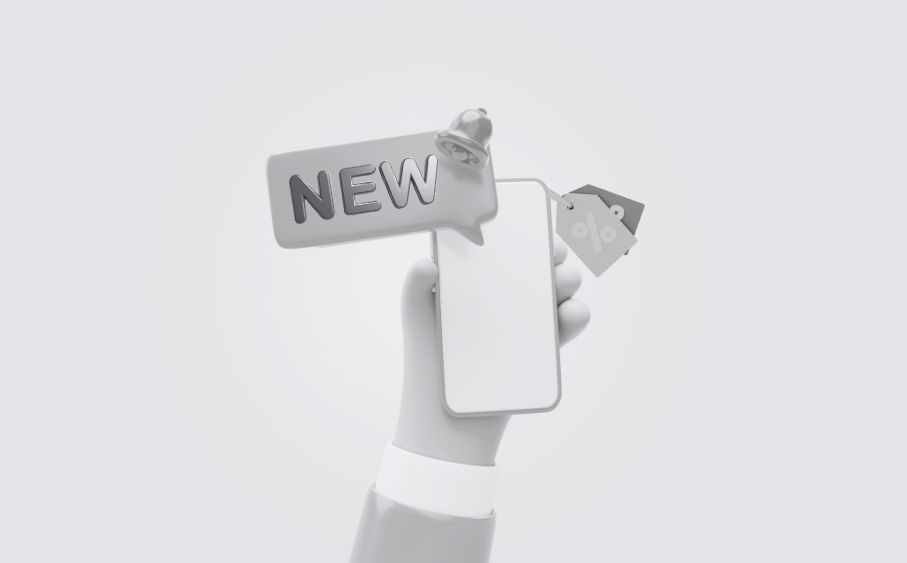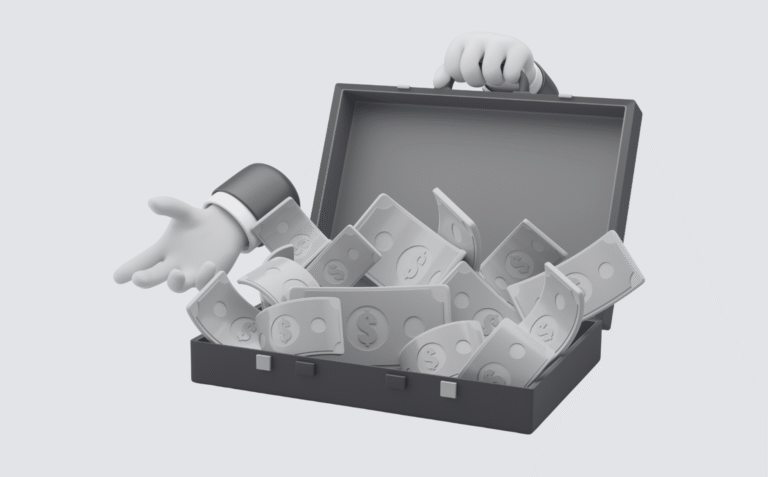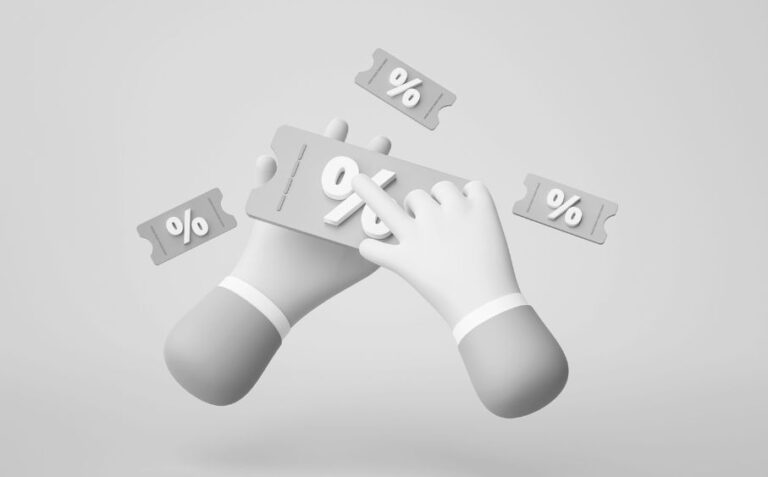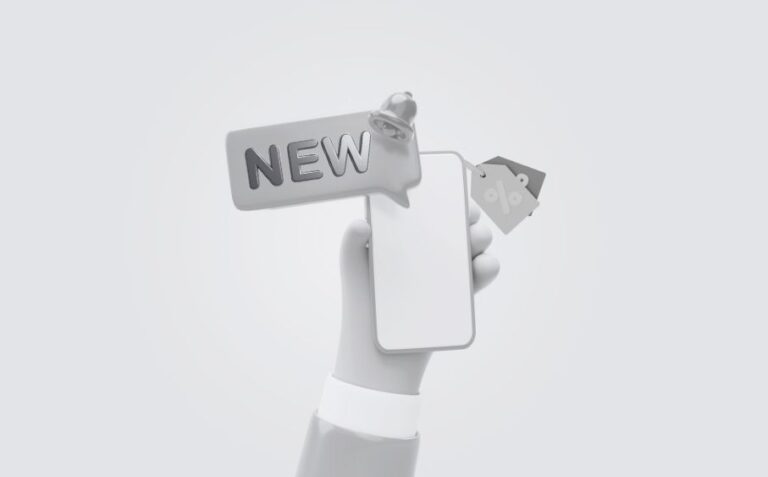Cost-plus pricing is a cost based pricing strategy of pricing products by adding a markup to the cost of producing or purchasing. It is also known as markup pricing. The method is really simple and this makes it a popular pricing strategy across various industries. A cost-plus strategy helps companies cover their costs and gain calculated profits. The formula is straightforward:
Selling Price = Cost × (1+Markup Percentage/100)
The price calculation requires businesses to assess direct as well as indirect expenses before setting the final prices. Direct costs include raw materials, labor fees, or production costs. Indirect, also known as overhead costs are the factors such as administrative costs, resources, and rent. After summing all costs up, companies add a markup to profit on every sale.
Why Cost-Plus Pricing is Important for Ecommerce
Cost-plus pricing has several advantages in terms of ecommerce. Firstly, this strategy is time-efficient, and covers all costs, making it especially useful for businesses with large product ranges. Secondly, it doesn’t require expensive tools or resources, allowing companies to set prices quickly. An online retailer can use this method to sell handmade goods and cover material and labor costs. To remain competitive, online businesses have to think about the market demand, competitor pricing, and customer expectations.
Factors Influencing Cost-Plus Pricing
Companies should evaluate several aspects to implement cost-plus pricing:
Understanding True Costs
Calculating the total production cost of a product starts with determining expenses. Miscalculating costs can reduce a companies’ profits. It is important to include every cost into the equation. Even the hidden costs like resources, rent, and administrative costs should be included. Businesses also need to watch out for other expenses like supply chain problems or seasonal price changes for raw materials.
Desired Profit Margin
Companies choose a markup that aligns with their financial goals, and market positioning. Higher markups create more profit, but they also affect competitiveness. Lower markups attract more customers but reduce the overall profitability. The challenge is balancing revenue targets and buyer expectations.
Market and Competition
Cost-plus pricing starts with internal expenses but must consider market conditions and customer demand. Big retailers like Amazon use their scale to sell at reduced prices. This situation makes smaller firms modify their margins to stay competitive. Companies can apply a higher markup for the products that are highly demanded. Still, businesses must reduce their margins if demand drops or competitors dominate the market with cheaper options.
How much price affects buyers matters a lot. In competitive sectors like electronics and fashion, people often pick less expensive options, which limits markup options. Niche products with less competition tolerate higher prices even when using cost plus pricing.
Value Perception
Customers perceive the premium products valuable, which makes the higher prices acceptable for them. If higher markup is not justified, customers can feel frustrated. The mismatch in customer expectations can especially affect premium or luxury items.
Conversely, if your products are a commodity or similar to others, customers might reject higher prices. This situation can become concerning especially when your business is against the retail giants like Amazon. A company must then reduce prices or add value through improved packaging, service quality or extra features.
Product Lifecycle Stages Affect Prices
The stage of a product’s life influences pricing choices. At launch, companies use higher markups to benefit from early buyers’ initial demand. Products that lose popularity need lower margins or below-cost sales for making room for new inventory.
Disadvantages of Cost-Plus Pricing
- Ignoring the Market Demand: Setting prices without considering competitors can result in customers loss. Ignoring the insights can cause overpricing or underpricing in competitive markets.
- Rigid Pricing: When expenses suddenly rise from issues like supply problems or raw material shortages, profits decrease. Companies must then modify their set markups very frequently to stay profitable. This constant adjustment creates extra work and more importantly, customer confusion.
- Lack of Innovation Motivation: Solely focusing on covering costs and achieving a margin discourages improvements and cost-saving measures, which can reduce long-term profitability.
Applications in Business
Businesses in different industries use cost based pricing strategies because it’s simple, especially in sectors with stable and predictable costs. Here are some cost-based pricing examples in practical uses:
Cost-Plus Pricing and Manufacturing Industry
This is a frequently employed approach by manufacturers. The aim is to adapt to fluctuating raw material costs. For instance, an electronics company would calculate component, labor, and overhead costs and then add a markup to maintain profitability despite material cost fluctuations.
Service-Based Businesses
Cost plus calculations are common for consulting or construction companies. Because, in the service industry, companies can measure labor expenses or resources with precision. Take a construction firm as an example: Managers add up material costs and workforce expenses, then include a markup to cover company expenses with healthy profits.
Practical Examples
Car manufacturers apply this method in car production. To calculate it, workforce and facility costs are important factors. A steady markup helps maintain earnings even as raw material prices fluctuate. This system lets companies stay competitive while each vehicle generates revenue above production expenses.
Imagine a retailer selling a piece of furniture. A furniture retail example shows how cost plus approach works. When an IKEA chair costs $100 to make, including parts and labor, adding a 30 % markup results in:
100×1.3=130
IKEA thus receives a $30 profit per chair.
Wrap Up
Cost-plus pricing is a direct strategy for companies to cover expenses and earn money. It suits sectors with predictable costs. Market conditions, customer preferences, and behaviors create growth. Combining this pricing method with market insights helps companies to achieve a balance between profits and customer satisfaction.





